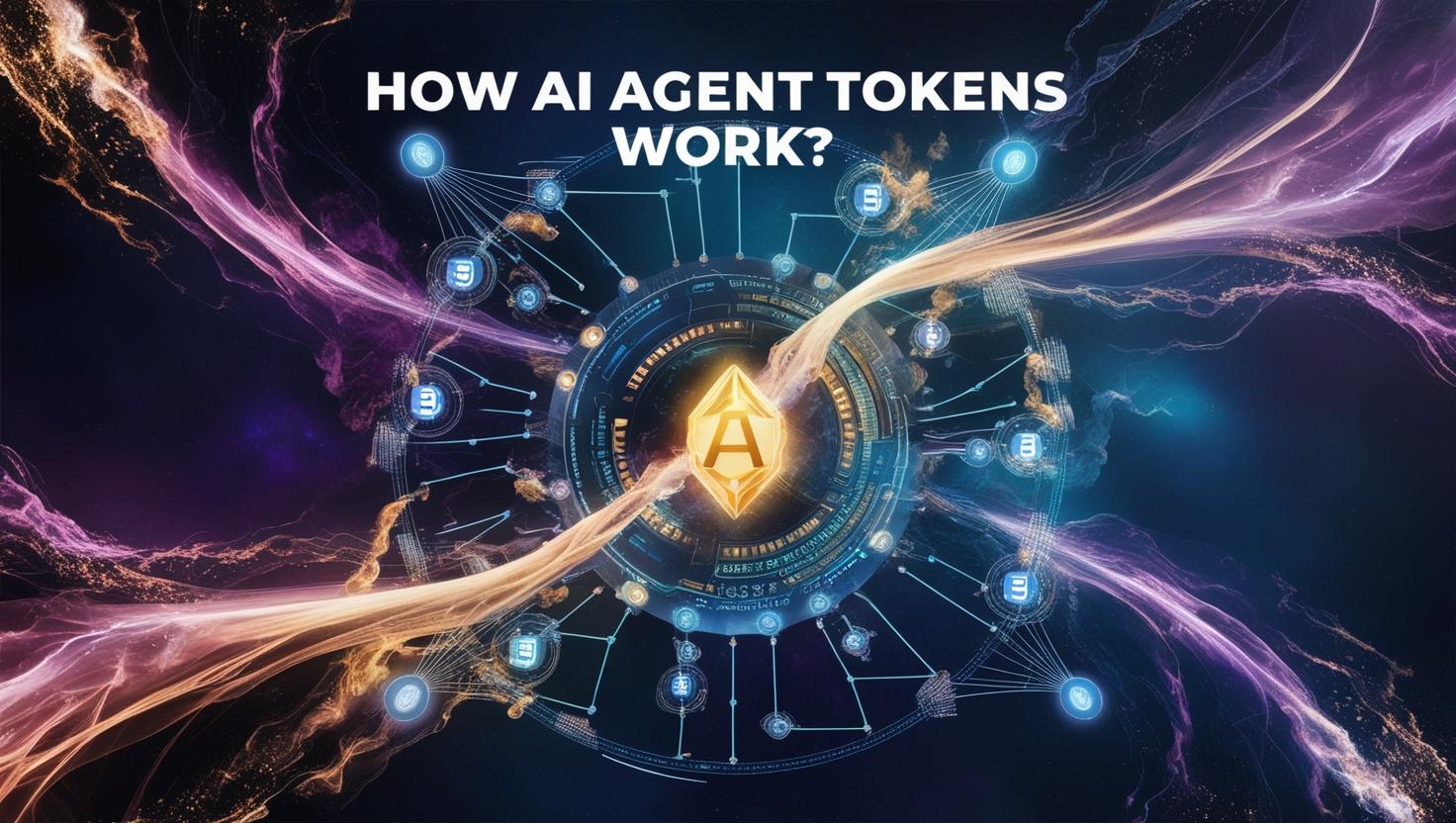What Are AI Agent Tokens?
AI agent tokens are a new type of cryptocurrency powered by artificial intelligence. These tokens are either managed by AI agents or used within AI ecosystems. An AI agent is an autonomous software entity that makes decisions, processes data, and interacts with users or other systems—without human input.
Common Use Cases:
- Utility Tokens – Used to access AI services or platforms
- Incentive Tokens – Reward contributors of AI models or data
- Governance Tokens – Vote on AI platform upgrades or decisions
- Data Tokens – Enable access to datasets for AI training
How AI Tokens Are Created (Step-by-Step)
Let’s break down the development process of an AI-powered crypto token.
1. Choose a Blockchain Platform
You’ll need a blockchain that supports smart contracts and has a solid ecosystem. Top choices include:
- Ethereum
- Binance Smart Chain (BSC)
- Solana
- Polygon
- Base
Each platform uses a different coding language like Solidity (Ethereum/BSC), Rust (Solana), or Vyper.
2. Write the Smart Contract
The token’s core logic is coded into a smart contract. It defines:
- Token name, symbol, decimals, total supply
- Transfer, mint, and burn functions
- Optional: Logic to interact with AI models or APIs
3. Integrate AI Models
The AI logic usually runs off-chain (not on the blockchain), using frameworks like:
- TensorFlow
- PyTorch
- OpenAI’s GPT models
These AI models can be connected to the blockchain using oracles (e.g., Chainlink) or through backend APIs that trigger smart contract functions based on AI decisions.
4. Deploy the Token
You can deploy your token using:
- Remix IDE for Ethereum
- Truffle or Hardhat for local testing
- Anchor or Solana CLI for Solana-based tokens
Once deployed, the token is live on the blockchain and ready for use.
How Do AI Agent Tokens Work?
Let’s go behind the scenes into the backend architecture.
AI Token System Workflow:
- Data Collection: The AI gathers real-world data (e.g. prices, weather, social signals).
- AI Decision Making: Machine learning models analyze the data and generate predictions or insights.
- Blockchain Execution: Based on AI outputs, the backend triggers smart contract actions (e.g. sending tokens).
- Logging on Blockchain: All interactions are recorded on-chain for transparency and auditability.
Example:
An AI trading bot analyzes crypto trends, predicts a bull run, and auto-executes a trade using AI tokens—all without human involvement.
Technologies That Power AI Agent Tokens
- Smart Contracts – Code that governs token behavior
- AI Models – Built with Python (TensorFlow, PyTorch, etc.)
- Oracles – Bring off-chain data on-chain (Chainlink, API3)
- APIs & Servers – Bridge AI logic and blockchain
- Decentralized Storage – Use IPFS or Arweave to store models and data
Real-World Examples of AI Agent Tokens
Here are some real projects that use AI + blockchain tokens:
1. Numeraire (NMR)
- What it is: A token used by data scientists in a decentralized hedge fund (Numerai).
- Cool part: You stake NMR on your AI models; good predictions = more rewards.
- Use case: Stock market prediction tournaments using AI.
2. Cortex (CTXC)
- What it is: A blockchain that lets smart contracts run AI models.
- Cool part: Developers upload AI models on-chain, and dApps can execute them directly.
- Use case: AI-powered decentralized apps (like facial recognition, predictions, etc.).
3. DeepBrain Chain (DBC)
- What it is: A decentralized cloud platform for AI training.
- Cool part: It provides cheap GPU power to train machine learning models using crypto.
- Use case: Renting GPU resources to AI developers.
Challenges with AI Tokens
- Scalability – Blockchain isn’t designed for real-time AI compute
- Security – Smart contracts and AI logic must be bulletproof
- Legal Gray Areas – AI + crypto is unregulated in many places
- Ethical Use – Ensuring AI makes unbiased, accurate decisions
